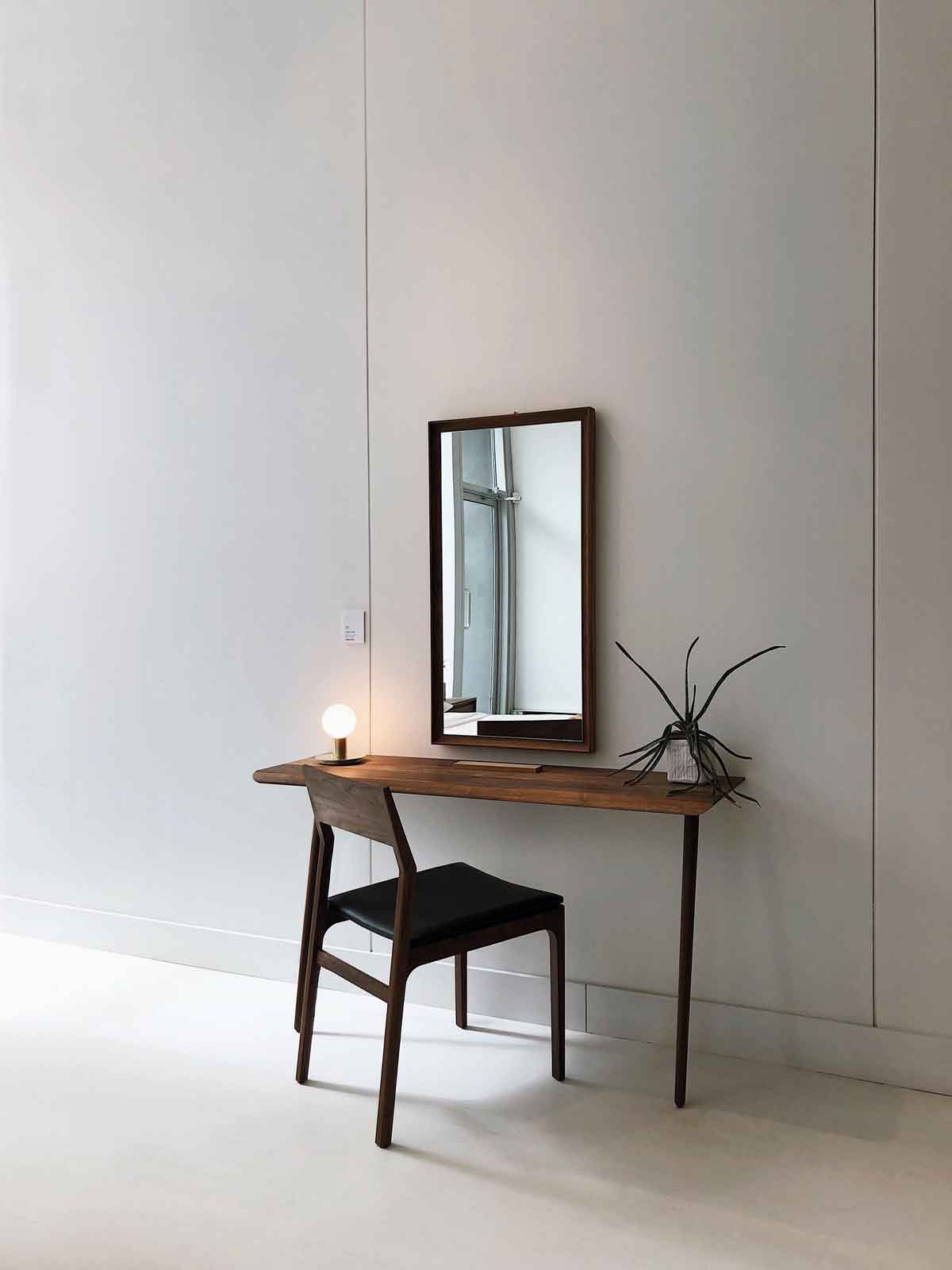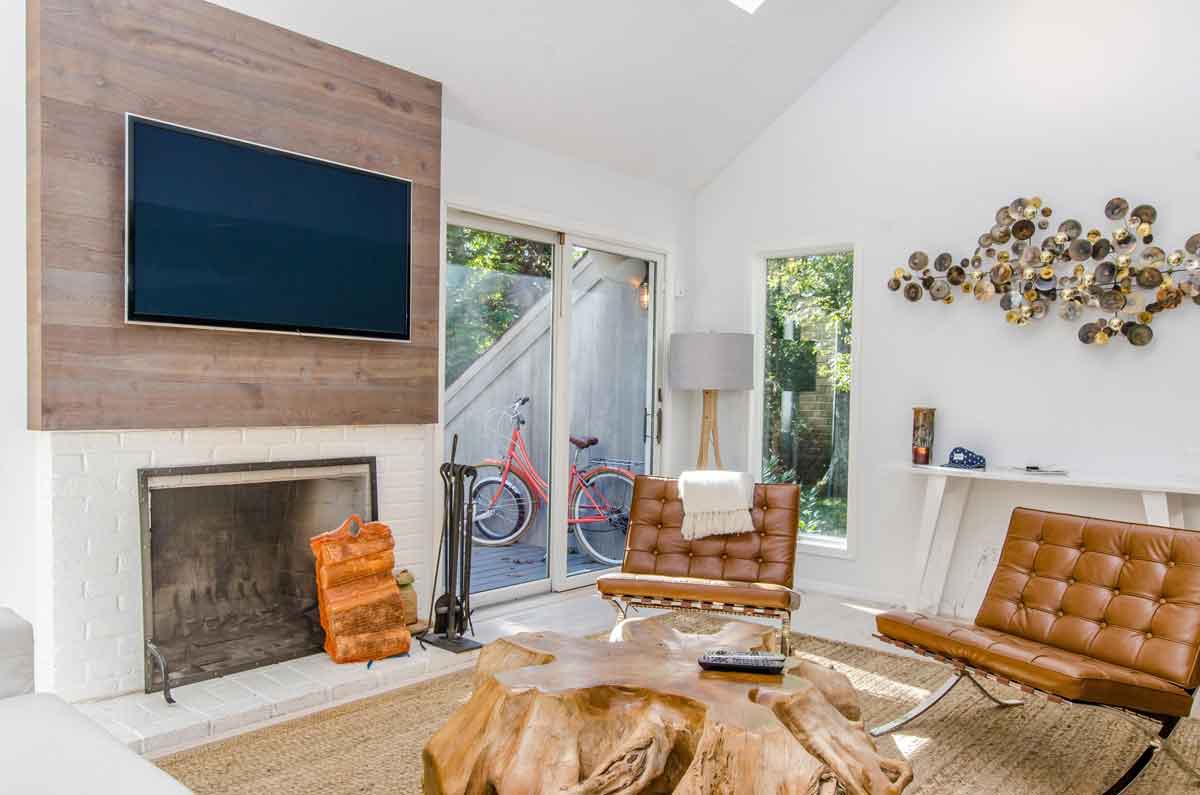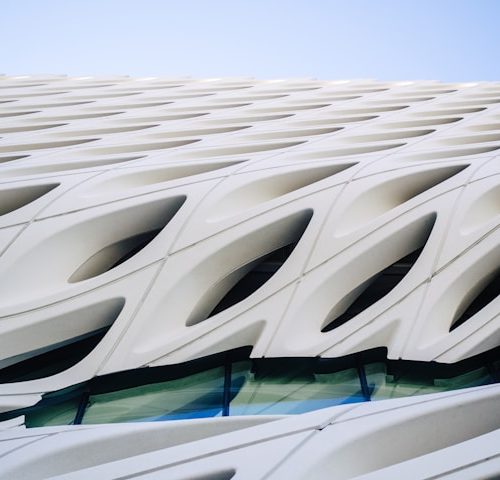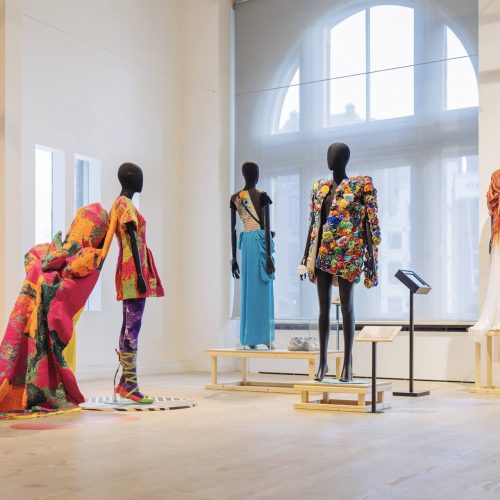Reinvented Classics in Interior Design
There are pieces that resist any age change and as time passes by they still remain stylish, despite fleeing trends. They are pieces that truly deserve to be identified as ‘the classics.’ These pieces combine traditional heritage, modern technologies and are aesthetically pleasing - even in years to come.
Now, answer yourself this - has the desire to see no change in what’s ‘fashionable’ in design and to be confident in your own choices of furniture ever visited your mind? The whole pressure of unstoppable technology and constantly changing trends, calling from all possible sources, can be the trigger to wish for a healthy type of stagnation from the necessity to follow every new fashion movement. If the answer is yes then it is time for you to discover classic pieces that, through decades, proved style, comfort and originality of design; fill your house with them reassured of no more necessary ‘trend’ changes.
THE DESIGN ERA THAT WE ARE STILL IN LOVE WITH
To figure the whole combination of such designs, and the way they work in interiors, we must start with the beginning source. At what point did certain furniture stop developing its looks and when exactly it became a well-loved classic. If there was one era we could proudly name as timeless, or at least consider the majority of the designs created during this period as timeless, it would be mid-century. “Mid-Century style takes us back to 1945. It was in the USA, in a post war era, that this ethereal style was born. This movement in the US was heavily influenced by the German Bauhaus design school movement,” says the Essential Home Magazine.
While the development of furniture continued to progress in quality and experimenting with different materials and texture, some characteristics stayed the same decades later - that appealing slick silhouette, embraced colours and the usage of wood exposure. The main attractiveness, the ode to the simplified yet so intellectually formed, the furniture is certainly in the balance it proposes. “Why does mid-century modern continue to be popular, and why have contemporary retailers and manufacturers embraced its clean-lined look so emphatically? Mid-century pieces are simply well-designed objects, with a timeless look” says Sotheby's Holdeman, head of 20th Century Design, photographs and prints. Furthermore, CURBED Magazine highlights "Midcentury modern designs sit very well in contemporary homes and interiors—they still feel fresh today, they still feel modern. A lot of those pieces haven't been bettered. They still stand the test of time."

FORMS, SHAPES AND COLOURS
If once again we returned to the union of timeless pieces, they would all have certain traits in common and would separate from the trendy, old-fashioned and unnecessarily decorated ones. Three main points can define those traits, among many other small details: symmetrical shape, natural materials and bold vibrant colours. Most pieces, whether you buy genuine mid-century finds or modern pieces inspired by those years, will adhere to the expectations of simplicity and symmetrical forms. Some could appear too strict and boxy or contrarily too round, yet this is exactly what attracts us to this furniture. The timeless furniture is a combination of natural materials such as wood, glass, marble and fabrics that only support the whole vision. The most famous examples of the furniture that are still well-loved in many households are pieces like Saarinen (Tulip) table, Barcelona chairs, tapered legs of “floating furniture” inspired by Florence Knoll designs and Eames lounge chair. All those pieces truly combine characteristics of slick lines, comfort, and architecturally unique details, they can therefore be considered as the main pillars of the timeless style. However, despite the general obsession over modernising mid-century style furniture, the key to finding pieces that will stand the test of time remain the same. Less pompousness, more simplicity, less fantasy décor, more solid colours and materials, less quantity, more quality–whether it be a sofa or a piece of art.

It is not easy to find original pieces from 1954 that are in good condition and reasonably priced. Hence why, with new technology allowing the creation of quality furniture and the vast inspiration from the past, many modern furniture designers can make a statement by creating pieces holding nostalgia, exceptional style and an artistic twist that responds to the demand of the 21st century. There are certainly many names that could be trusted with this choice of furniture but we want to highlight our top three.
AMIGO MODERN
“Hits a current sweet spot by mixing pale pinks with earth tones and natural hues,” says Vogue. Amigo Modern's furniture truly is inspired by mid-century styles, yet had an unexpected touch of colour and use of materials.
EMECO
“While Emeco keeps creating contemporary, often hand-crafted designs, all of their seats have one important thing in common: Emeco uses sustainable materials—think recycled aluminium, natural cork, and "eco-" concrete—to build its products,” Vogue continues. When one first sees the furniture created by Emeco, one only thinks of clean lines, and comfort of the shapes.
THE JOINERY
The joinery is all about wood and how well they work with it! Warm tones, simple lines and slick silhouettes all speak of inspiration drawn from the past but have been adapted to meet the need of the clients. It shows an excellent level of craftsmanship and close attention to details.
Fashion as a whole is not only about changing seasons on the runways; it encompasses shoes as well as sofas and even landscapes and architectural design. It is about responding to the current events happening in the world and staying true to ideas such as quality, fair trade, genuine design and the ability to express a vision not only taking inspiration from the past but looking into the future. This could be thought of as a description for a comfortable modern house, if only pieces were chosen with consideration for craftsmanship, attentive approach to design and confidence in those pieces to stand the test of time.

+ Words: Maria Kossman
Maria Kossman is a creative writer, essayist and blogger based in Edmonton, Canada. Passionate about sustainable living, minimalism, traveling, and anything antique, she focuses on advocating life that is inspiring, mindful and elegant.




